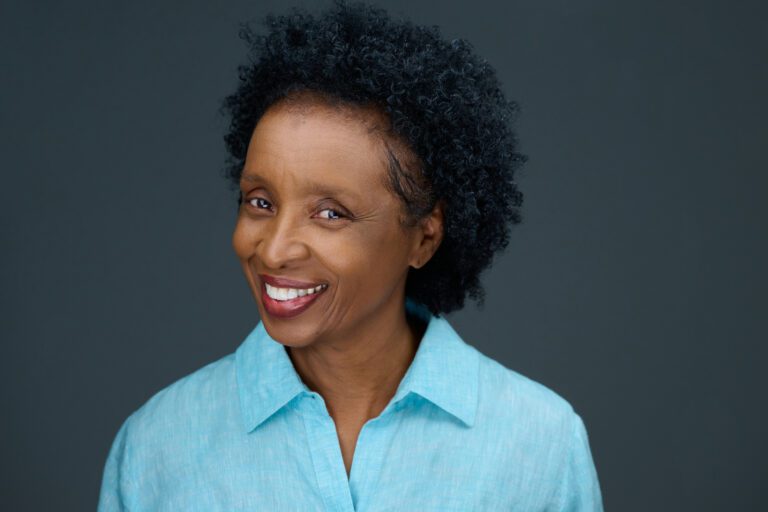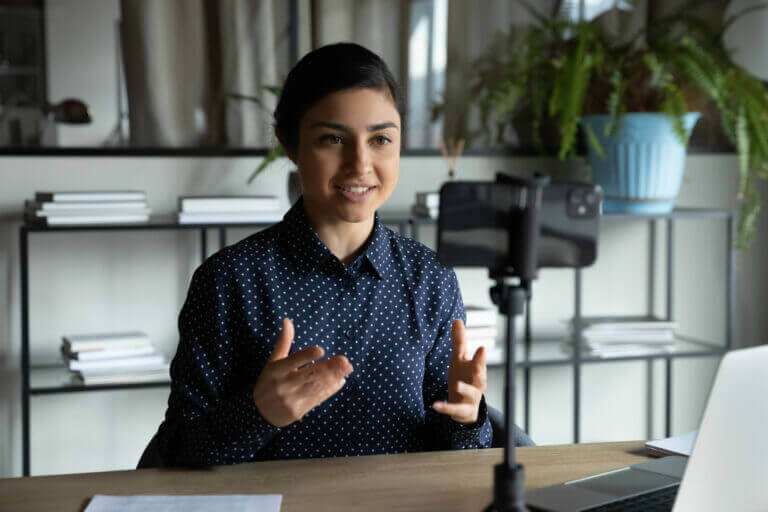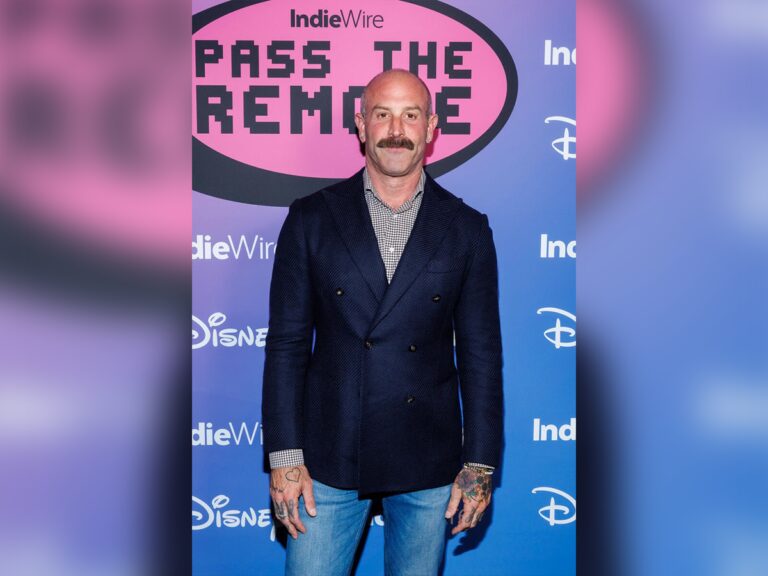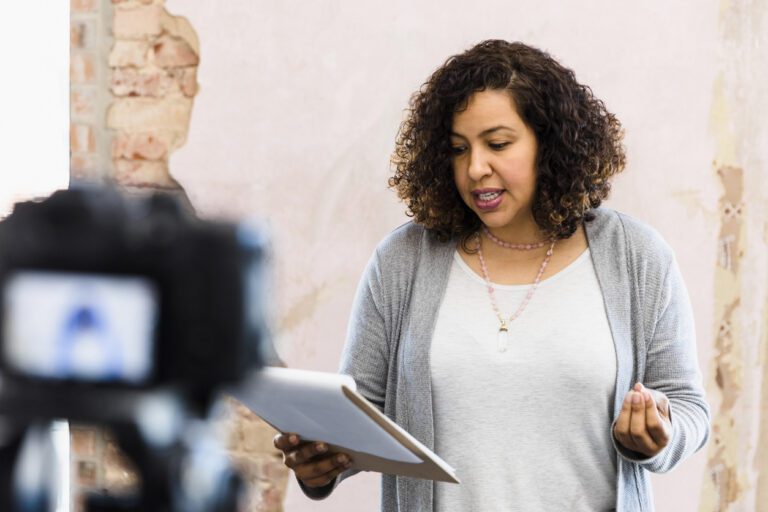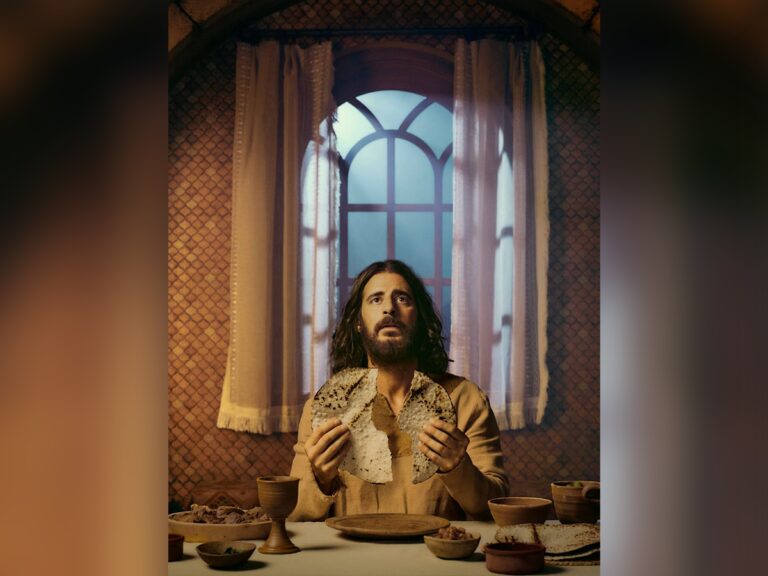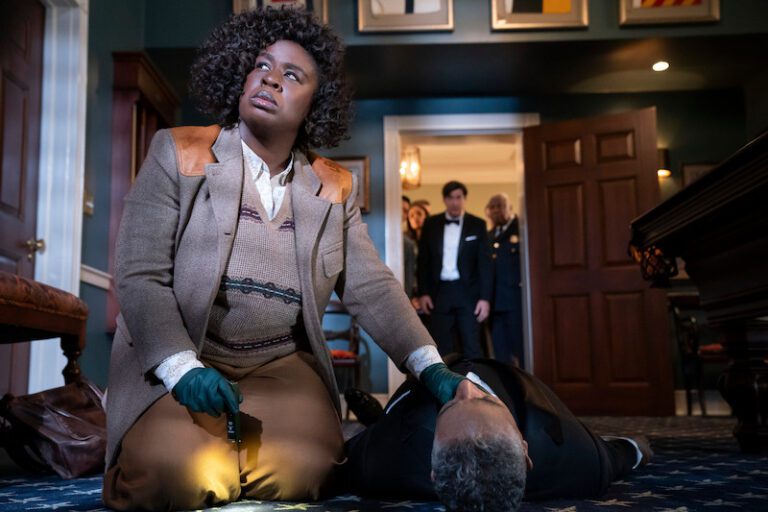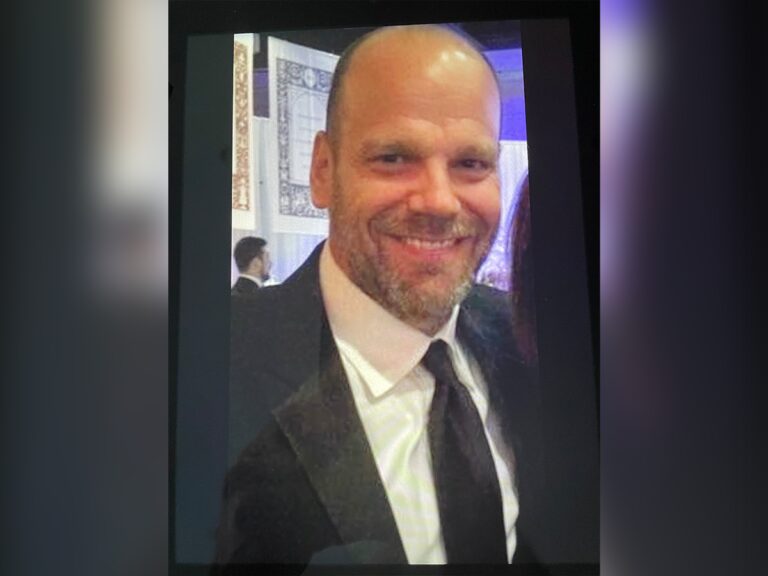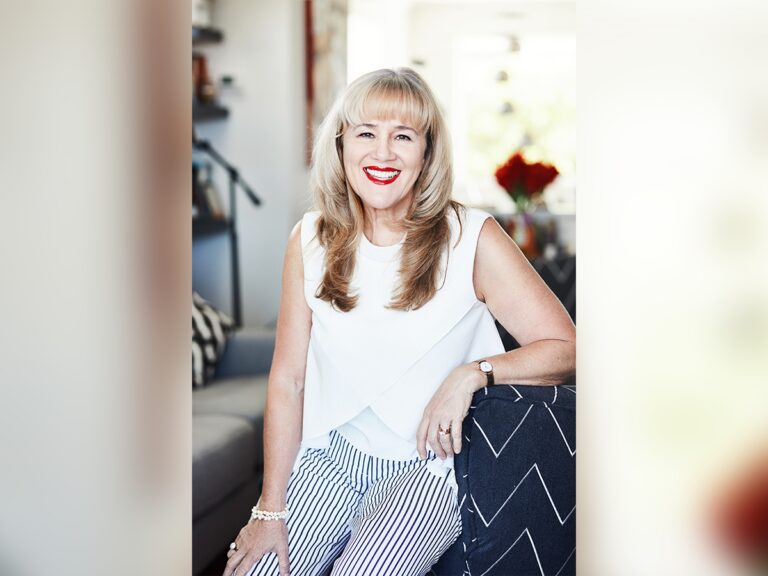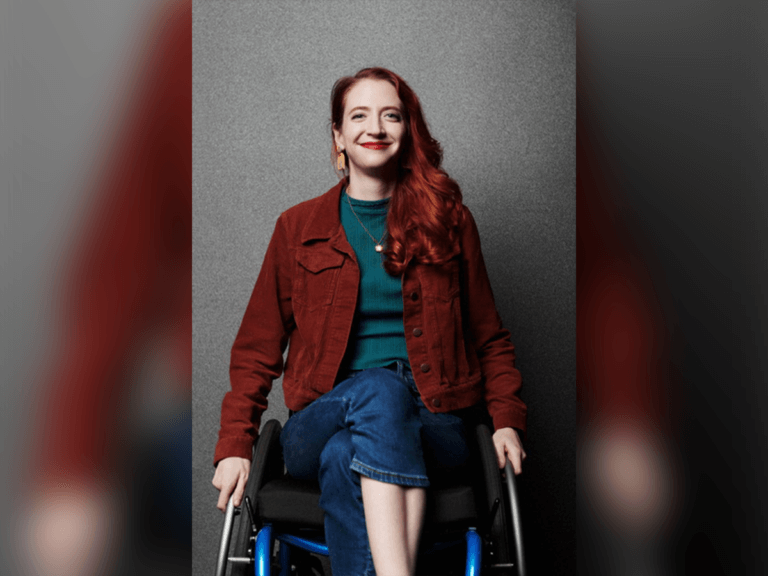As a Los Angeles native with decades of acting experience under her belt and an impressive list of credits like Betty White’s Off Their Rockers and Shameless, Reatha Grey has seen the industry go through many changes. She’s experienced firsthand the way the audition process has evolved over the years, leading up to its current state of exclusively self-taped auditions during the pandemic. And Grey has not only auditioned since social distancing practices began, but she’s also booked and filmed a project, all from her home. Grey spoke with Casting Networks to give her take on how the audition game has changed.
What was auditioning like when you first started working in the industry?

Photo by Leah Huebner
Well, as a little girl, I would dream about being a contract player. That was back when there was more of what they called a “studio system,” in which actors got paid weekly whether they worked or not. They were under contract to one of the major studios, and there wasn’t a lot of room for newcomers. Casting directors basically worked for the studios, so there were very few casting people. That system broke up before I actually started acting in the ’70s, though. When I began working in the business, casting directors were very mysterious people. You weren’t familiar with them at all unless you got to audition with them. And you usually wouldn’t get the sides in advance. There were no computers, so they couldn’t be sent digitally like they are now. If you were reading for a major part, they might’ve used a delivery service to get you the sides before the audition.
But if you were reading for a day-player role, you’d walk in for the audition and get maybe three pages of sides. You wouldn’t know what the show was about, and you’d have maybe five minutes in the lobby, depending on how many people were there. So they were ice-cold reads. And even the process of getting you to the audition looked really different back then. Only agents had access to the breakdowns, and during the day, they would figure out whom they wanted to send over to casting. Then during the night, messenger services would deliver the selected actors’ headshots to all the different casting people around town. From there, the casting people would go through them and set up the audition. You’d get the call from your agent, and you’d often go in the next day for the appointment.
How have you seen the audition process evolve over time?
I took a break from the business from 1994 to 2006, so it felt like a dramatic shift in how it’d changed between when I left and when I came back. For example, it had been a big no-no for actors to try and get ahold of the breakdowns. But if they somehow got leaked, you’d try and do some espionage to get the casting director’s address. I remember going out with friends at night and literally throwing headshots over fences, just trying to get seen. But when I came back in 2007, actors had the option to pay for breakdowns so that they could submit themselves, which was a game-changer. Headshots were no longer in black and white, and you could put them online with your reel and resume for everyone to see. The biggest change, though, was that you could pay for a class taught by a casting director. Casting directors were no longer these mysterious people you’d only ever meet if you were called in to read for them. You could learn more about them because they were teaching classes all over LA, and a lot were on social media. It was a whole new world. And then it got to where we are today with self-tape auditions. Forty years ago, no one would have expected we’d one day be shooting our own auditions. But now I have a little self-tape studio set up in the corner of my house, and I even recently purchased a green screen.
Can you describe your experience with auditioning right now in the midst of COVID-19?
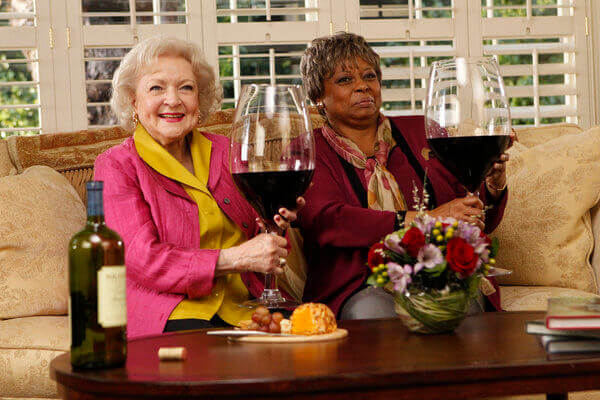
OFF THEIR ROCKERS — Pictured: (l-r) Betty White, Reatha Grey — Photo by: Jordin Althaus/NBC
I thought there was going to be absolutely nothing going on, but then I got asked to send in a self-tape audition for a commercial. So I did, and they asked me to send in another one as a callback. I sent a second one in, and then they booked me for a shoot that was taking place the next day. I was very curious to hear how it was going to work, and they ended up doing it all via Zoom. The directors, producers and other actors were all in their own homes, connecting over the platform, and we shot it that way. I could see what the other three actors were doing on my computer screen, and then the producers and directors could cut in and give us feedback between takes. We shot the commercial in a day — it was amazing. But it was a lot of work to film it in my home because I had to be the set decorator, the costumer, the lighting person, the prop person, etc.
What do you think auditions will look like post-pandemic?
I think there are going to be many more self-tape auditions out there. A lot of casting directors are doing free webinars right now, and from what I can gather, they’re enjoying seeing people via self tapes. Like most things, there are pros and cons to self-tape auditions. A lot of people out there have talent, but they may not have the resources for a quality self-tape studio at home. So that is the unfortunate side of it. But self-tape auditions also allow casting to see a lot more actors than they would be able to with in-person sessions. Plus, they cut down on all the traveling through LA traffic to get to in-office auditions. It sometimes takes me an hour and a half to get to an audition that lasts five minutes. And then I have to drive another hour and a half back home. So in that sense, it’s definitely something to look forward to in the future if casting offices continue using mostly self tapes for auditions.
From the old studio system to self-tape auditions, Grey has seen the evolution of auditioning over the years. And she shared her philosophy on keeping up with all the changes. “You either have to get with the program, or you get left out. I kept up with the technology along the way, and now I even tutor some Millennials on how to do things,” Grey quips. And her adaptability is evidenced by the recent commercial that she auditioned for, booked, and even filmed in her home. So for those wondering if there’s any work to be had in the midst of a pandemic, Grey’s story reminds us that the industry is ever-evolving, a quality that COVID-19 has reinforced rather than extinguished.
This interview has been edited and condensed.
Follow us on Facebook, Twitter, and Instagram for breaking industry news and exclusive offers!

